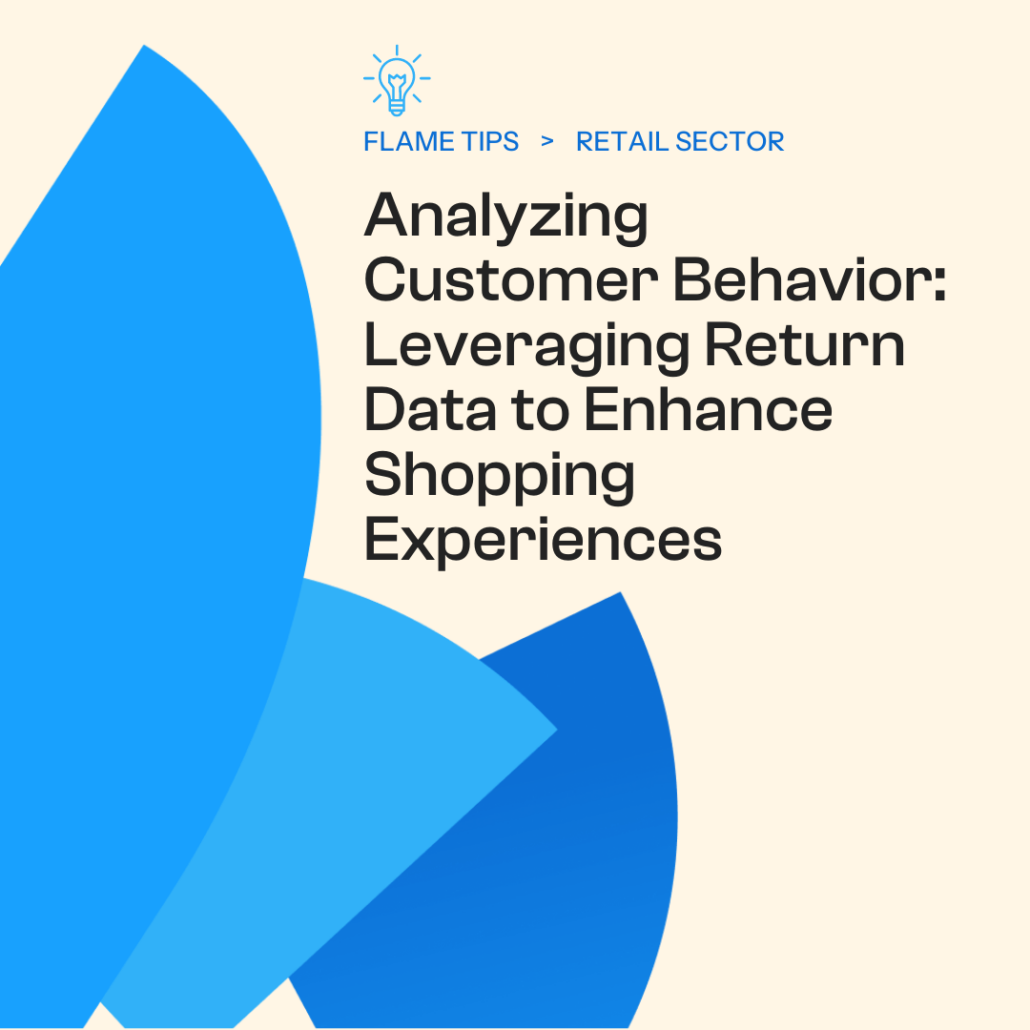Most brands and retailers understand today that winning customer’s hearts and improving customer satisfaction is essential to running a successful business. With online shopping increasing, for example, one way brands are seeking to improve the customer experience is by offering easy returns.
Unfortunately, lenient return policies mean a lot of retailers can find it difficult to avoid an overabundance of returns. While comprehensive return policies that make returns quick and easy are a great selling point for customer service, they can negatively impact retailers and their ability to successfully achieve their sales goals.
This isn’t to say that brands should stop offering convenient return policies. Instead, brands should seek to leverage data from the returns they are receiving to better understand why their customers are making so many returns in the first place.
The Damaging Effects of Returns
In 2022, consumers returned $816 billion worth of products, and for every $1 billion of sales, retailers lost up to $165 million. In smaller dollar amounts, that’s around $10.40 in losses for every $100 in returns.
Unfortunately, returns are not only damaging to retailers, but they can also have a negative impact on the environment. In 2022, online returns generated 16 million metric tons of carbon emissions and 5.8 billion pounds of waste from products that ended up in landfills because they were unable to be resold.
That said, customers rank convenient return policies as one of the primary reasons they will buy from a company. This means that most retailers don’t want to get rid of their comprehensive return policies out of fear that it will lose them customers.
How Return Data Can Help Retailers Provide Better Customer Experiences
While retailers might want to offer their customers an easy return option to make them happy, there is no such thing as a free return. Too many returns can end up costing retailers more money.
So instead of getting rid of convenient return policies, companies can leverage return data to better understand why so many returns are happening in the first place. A data strategy that leverages return data is an opportunity for growth. It’s a way to improve customer retention by better understanding customer behavior and what drives them to make a return.
Below are a couple of ways brands can use return data to reduce return rates and grow their business:
1. Customer Behavior
Return data can offer insights into why customers are returning a product, how often they are making returns, and which items are being returned the most. By taking a closer look at these data points, retailers can get a better idea of what changes they might need to make to avoid these return issues.
2. Order Fulfillment Accuracy
Another reason returns might be happening is because customers aren’t receiving the right product. This is something retailers can analyze by looking at return data.
Maybe it’s just one product being sold online that keeps resulting in the wrong product being delivered or maybe it’s due to a shipping and handling error. Whatever the reason, analyzing return data can help retailers catch these errors and address them so they can prevent future returns from happening for the same reason.
3. Return Policy
After analyzing return data, retailers might find that even with improvements, returns are still eating into their profit margins. They might need to take a closer look at their return policy and make some adjustments. While a convenient return policy is good for customer service, it should not be so lenient that it enables customers to take advantage of the system.
Data-Driven Obstacles to Consider
It’s worth noting that brands that don’t already have a comprehensive data strategy could face some obstacles or setbacks when first implementing a new return data strategy. Having a solid data strategy is crucial, but there are ways that process improvement initiatives like this can fail if they are not handled properly.
For example, if a new return data strategy is too complicated or if it is implemented too quickly, it can do more harm than good. For this reason, it’s important not to make drastic changes overnight and to give teams time to adjust and adapt to new data strategies so they can get it right the first time.
The power of analyzing customer behavior
While a return data strategy is a must for retailers that want to grow, it’s important to implement the new strategy carefully. Make sure everyone is onboard and fully understands how the process works, leave room for adjustments or modifications, and avoid starting with a complicated strategy. These things take time, but if a return data strategy is implemented more thoughtfully, it can help brands make significant improvements that can boost sales and customer satisfaction.







